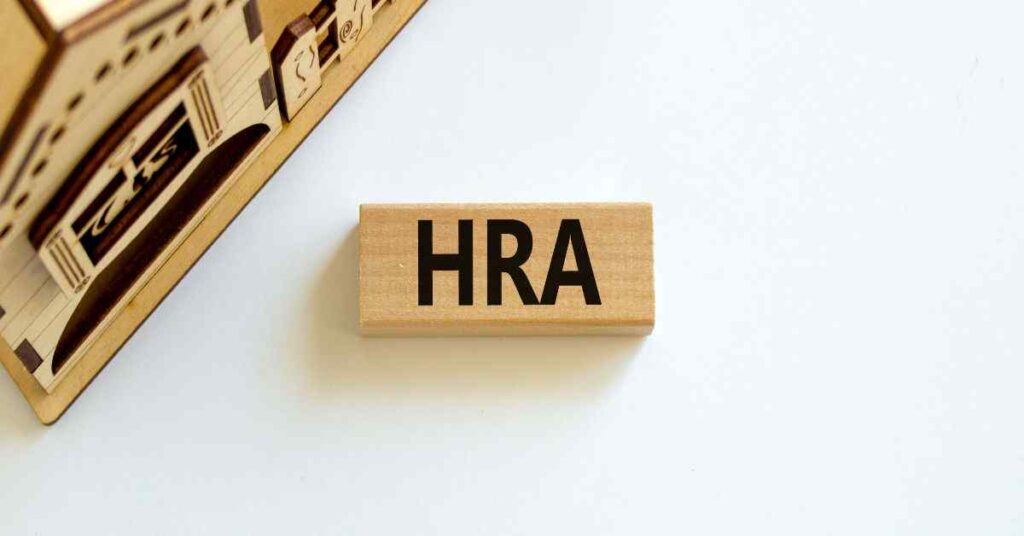Are you a working professional, landlord, or employee wondering about the House Rent Allowance (HRA) under Section 10 (13a) of the Income Tax Act? Well, you have come to the right place. In this blog, we will give you a comprehensive understanding of the house rent allowance under Section 10 (13a), its calculation, benefits, and how to claim an HRA exemption when filing income tax returns.
What is the House Rent Allowance Under Section 10 (13a)?
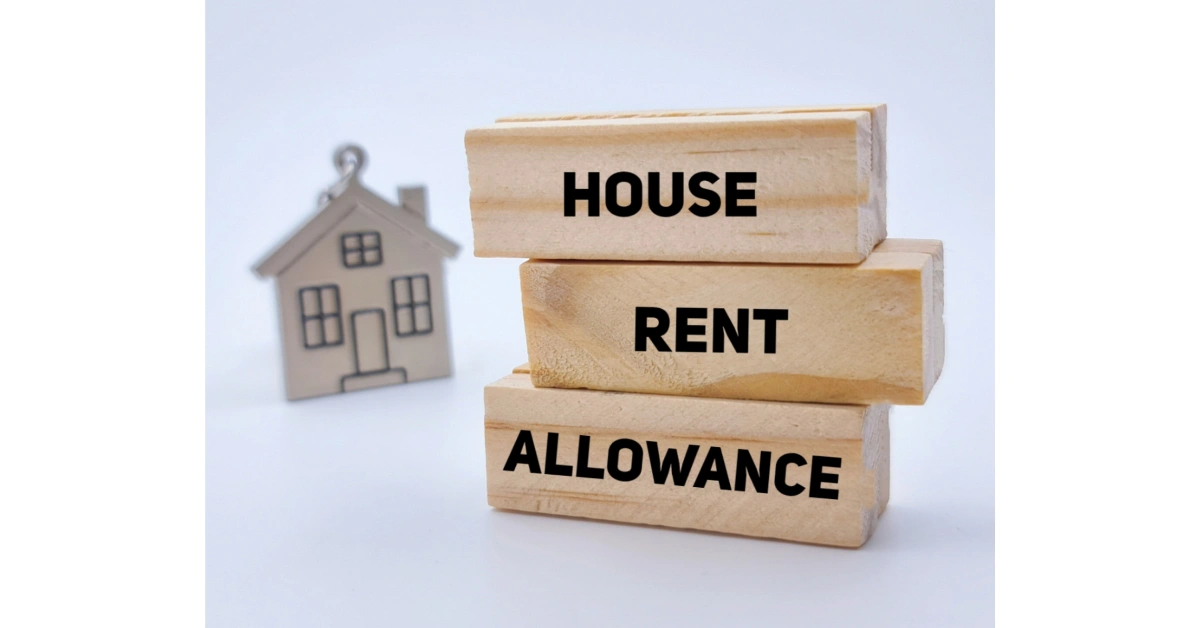
HRA is a salary component provided by the employer to the employee to meet the expenses of renting a house. Section 10 13a of the Income Tax Act governs the rules for claiming HRA exemption. HRA is a common component in an employee’s salary package and benefits both the employer and the employee. The employer gets tax benefits while the employee saves on taxes. It applies only if the employee pays rent for a residential property. The property can be owned by anyone, including family members or a spouse, but not by the employee themselves. HRA applies to both government and private employees.
Why is House Rent Allowance under Section 10 (13a) for working professionals, landlords, and employees important?
HRA section 10 13a is crucial for both working professionals and landlords. For working professionals, it helps them save taxes and reduces their rental expenses. For landlords, income tax Section 10 (13a) is a deciding factor for tenants while looking for a rental property. As an employee, you should understand the HRA calculation to know how much HRA you can claim and how much tax you can save.
Unbeatable Price 5-Star Rated Partner! 2200+ Shades! Top Quality Paint Free Cancellation!
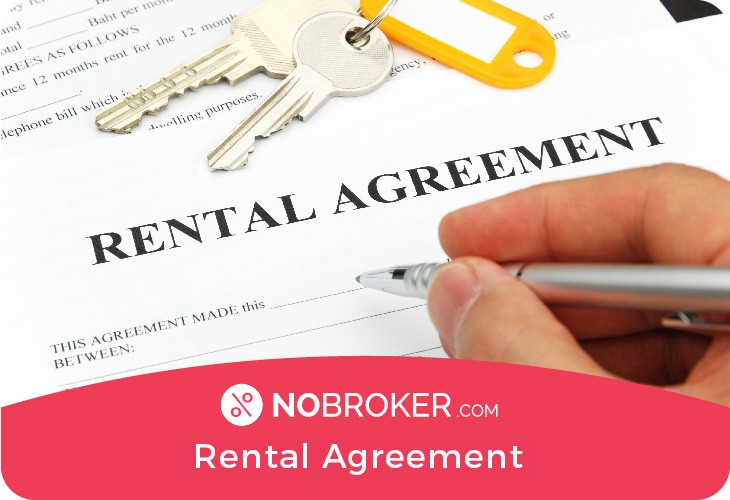
Get a rental agreement with doorstep delivery

Find the BEST deals and get unbelievable DISCOUNTS directly from builders!

5-Star rated painters, premium paints and services at the BEST PRICES!
What is House Rent Allowance under Section 10 (13a)?
HRA is a salary component given to employees by the employer to cover their rental expenses.. HRA is applicable only if the employee pays rent for a residential property. The property can be owned by anyone, including family members or spouse, but not by the employee themselves. HRA is applicable to both government and private employees.
Types of expenses covered under House Rent Allowance under Section 10 13A
HRA covers renting expenses, including rent paid for the property, maintenance charges, and other similar costs. However, HRA does not cover expenses like electricity, water, or parking charges.
| Expenses Covered by HRA | Expenses Not Covered by HRA |
| Rent paid for the property | Electricity charges |
| Maintenance charges | Water charges |
| Other similar expenses | Parking charges |
Factors affecting House Rent Allowance under Section 10 (13a) calculation
Here are several factors affecting the HRA under section 10 (13a) calculations:
- If you are worried about how to calculate House Rent Allowance under Section 10 (13a), the amount of HRA is calculated based on the employee’s salary, the rent paid, and the city of residence.
- The HRA calculation also depends on whether the employee lives in a metro or non-metro city.
- Calculating the HRA is a complex process, and it is advisable to use an online House Rent Allowance under Section 10 (13a) calculator to determine the exact amount.
Maximum HRA limit under Section 10 (13a)
The maximum House Rent Allowance under Section 10 (13a) is calculated as the minimum of the following three amounts:
- Actual HRA received from the employer
- 50% of basic salary for employees living in metro cities (40% for non-metro cities)
- Rent paid minus 10% of the basic salary
Understanding HRA Exemption Rules and Calculation in FY 2025
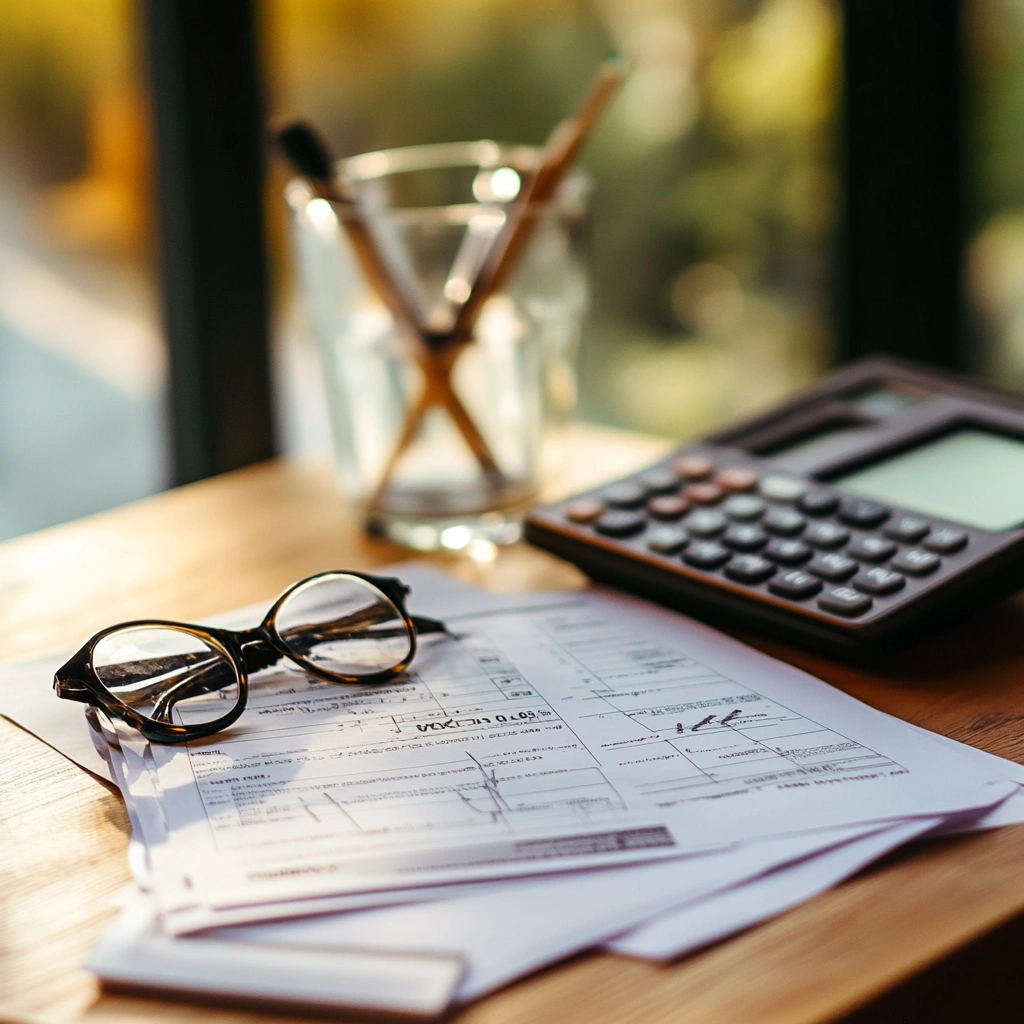
House Rent Allowance under Section 10 (13a) (HRA) is a vital component of the salary structure of many employees in India. It is a tax exemption provided by employers to employees to help them pay rent for the accommodation where they live. HRA is governed under Section 10 (13a) of the Income Tax Act, which provides an exemption from income tax for HRA received by salaried individuals. The exemption amount depends on the actual rent paid, the employee’s salary, and the rented accommodation’s location.
To claim HRA exemption, it is important to understand the rules and calculation method. The exemption amount can be calculated manually or using an HRA calculator. The actual rent paid minus 10% of the basic salary and HRA received by the employee is the exemption amount. However, the exemption amount cannot exceed the actual HRA received by the employee.
Eligibility for HRA tax exemption is determined based on several factors, including the employee’s salary, the actual rent paid, and the city of residence. To claim the HRA tax exemption, employees must provide proper documentation, such as rent receipts and rental agreements, to their employer.
The calculation of HRA tax exemption is also based on several factors, such as the employee’s basic salary, HRA component of the salary, and the actual rent paid. The HRA tax exemption can be calculated using a simple formula provided by the Income Tax department, and there are also several online HRA calculators available to help employees accurately calculate their HRA tax exemption. Maintaining proper documentation, such as rent receipts, rental agreements, and salary slips, is essential to claim the HRA exemption while filing income tax returns. Any mistake or incorrect information can result in legal issues with the tax authorities.
How to Calculate HRA Under Section 10 (13a)?
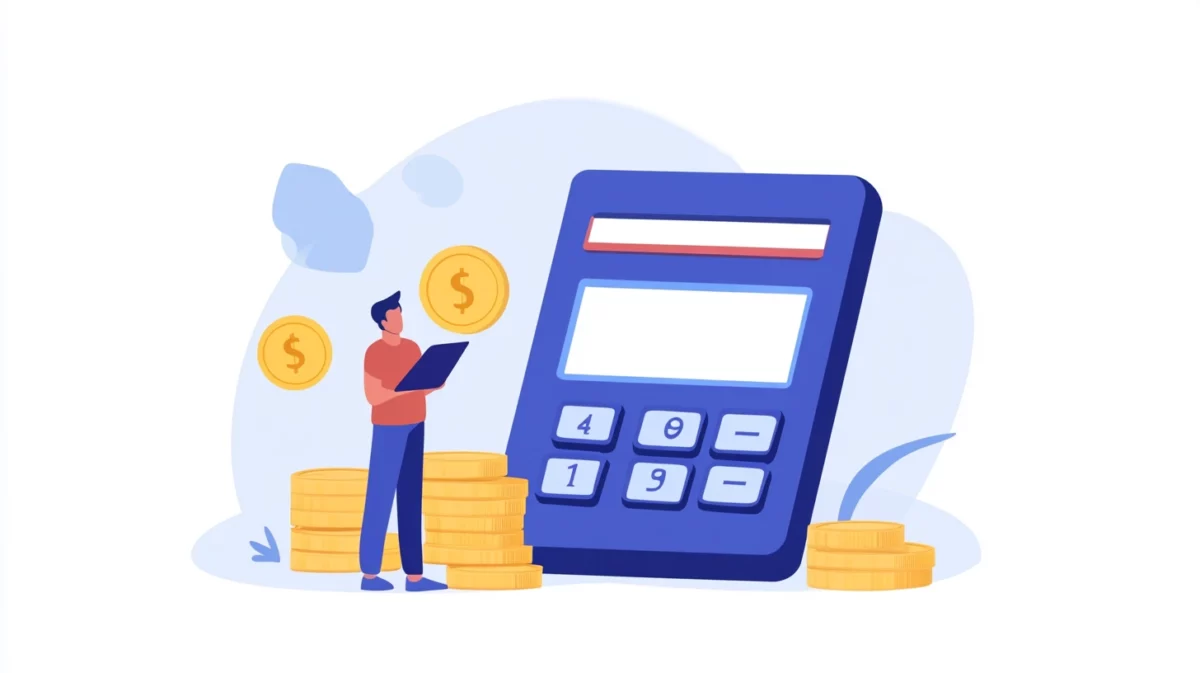
Calculating HRA under Section 10 (13a) can initially seem daunting, but it is a straightforward process that can be broken down into a few simple steps. To calculate HRA, you will need to determine the following:
- Actual rent paid: This refers to the actual amount of rent paid by the employee to the landlord for the rented property.
- HRA received: This refers to the amount of House Rent Allowance under Section 10 (13a) received by the employee from their employer.
- Salary: This includes basic salary, dearness allowance (if any), and any other taxable allowances.
Once you have determined these figures, you can use the following formula to calculate your HRA:
HRA = (Actual rent paid – 10% of salary) x HRA received percentage
The 10% of salary mentioned here is the minimum amount that needs to be deducted from the salary for HRA calculation purposes. The HRA percentage can vary depending on the city where the employee lives. For metro cities, the HRA received is typically 50% of the basic salary, while for non-metro cities, it is 40% of the basic salary.
How to Calculate HRA Via Online Tools?
If you find the above calculation process too complicated, there are many online HRA calculators available that can make the process easier. These calculators typically require you to enter the relevant figures, and they will provide you with the HRA amount that you are eligible to claim as a tax exemption.
Examples of HRA calculation for different salary structures
Let’s take a look at some examples of how HRA can be calculated for different salary structures:
Example 1: An employee living in Mumbai with a basic salary of ₹40,000 per month, receiving an HRA of ₹20,000 per month, and paying rent of ₹15,000 per month.
- HRA = (15,000 – (10% of 40,000)) x 50%
- HRA = (15,000 – 4,000) x 50%
- HRA = ₹5,500 per month
Example 2: An employee living in Kolkata with a basic salary of ₹30,000 per month, receiving an HRA of ₹12,000 per month, and paying rent of ₹10,000 per month.
- HRA = (10,000 – (10% of 30,000)) x 40%
- HRA = (10,000 – 3,000) x 40%
- HRA = ₹2,800 per month
What are the Benefits of HRA under Section 10 13A?
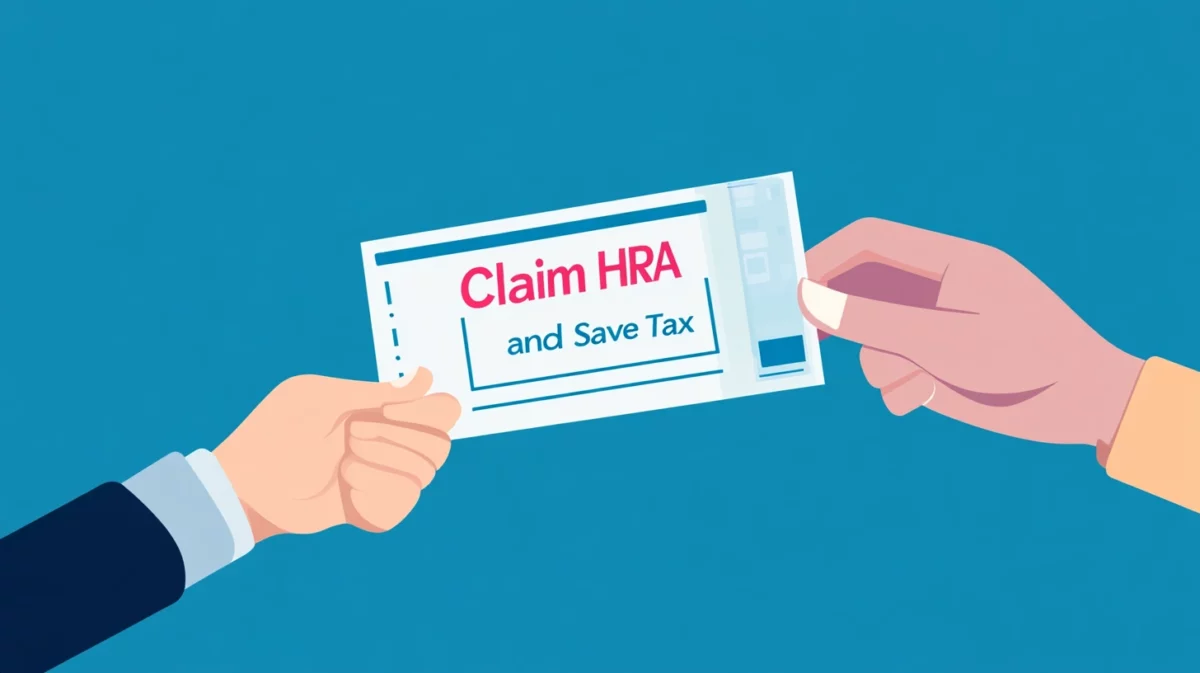
One of the main benefits of HRA under Section 10 (13a) is that it can help save taxes. Under certain conditions, the amount of HRA received by an employee is eligible for tax exemption, which can help reduce the employee’s tax liability. This is particularly beneficial for employees who live in rented accommodation and pay rent to their landlord.
It is important to note that HRA and rent deduction under Section 80 GG are not the same thing. While HRA is an allowance received by an employee from their employer, rent deduction under Section 80 GG is a tax deduction that can be claimed by individuals who are not receiving any HRA from their employer. The deduction amount allowed under Section 80 GG is up to ₹60,000 per annum.
Importance of claiming HRA exemption while filing income tax returns
One of the key reasons for claiming an HRA exemption while filing income tax returns is to reduce a taxpayer’s tax liability. By claiming the HRA exemption, the taxpayer can reduce the taxable portion of their salary, which in turn reduces their tax liability. This can be a significant saving, especially for those who are paying a high rent.
Another important reason to claim the HRA exemption is to avoid any penalties or legal issues with the tax authorities. Failing to claim or incorrectly claiming the HRA exemption can lead to penalties or legal matters, which can be avoided by accurately claiming the exemption.
Moreover, claiming the HRA exemption is a legitimate way to save on taxes and should not be ignored by taxpayers. It is a legal provision that has been provided to employees who are paying rent and should be taken advantage of.
HRA Exemption Rules: Understanding the latest changes
The HRA exemption is an important aspect of an employee’s salary structure, and any changes to the rules and regulations can have a significant impact on their finances. In the Budget 2023, there were no changes announced to the HRA exemption rules, but it is essential to understand the existing regulations to claim the exemption correctly.
Under Section 10 (13a) of the Income Tax Act, an employee can claim an exemption on the HRA received from their employer, subject to certain conditions. The exemption is calculated based on the least of the following three amounts: actual HRA received, rent paid in excess of 10% of salary, and 50% of salary for those living in metro cities or 40% for those in non-metro cities. However, to claim the exemption, the employee must provide proper documentation, including rent receipts, rent agreement, and PAN of the landlord if the rent paid is above a certain limit. It is also crucial to calculate the HRA exemption accurately to avoid any penalties or legal issues with the tax authorities.
Tips for claiming HRA Exemption
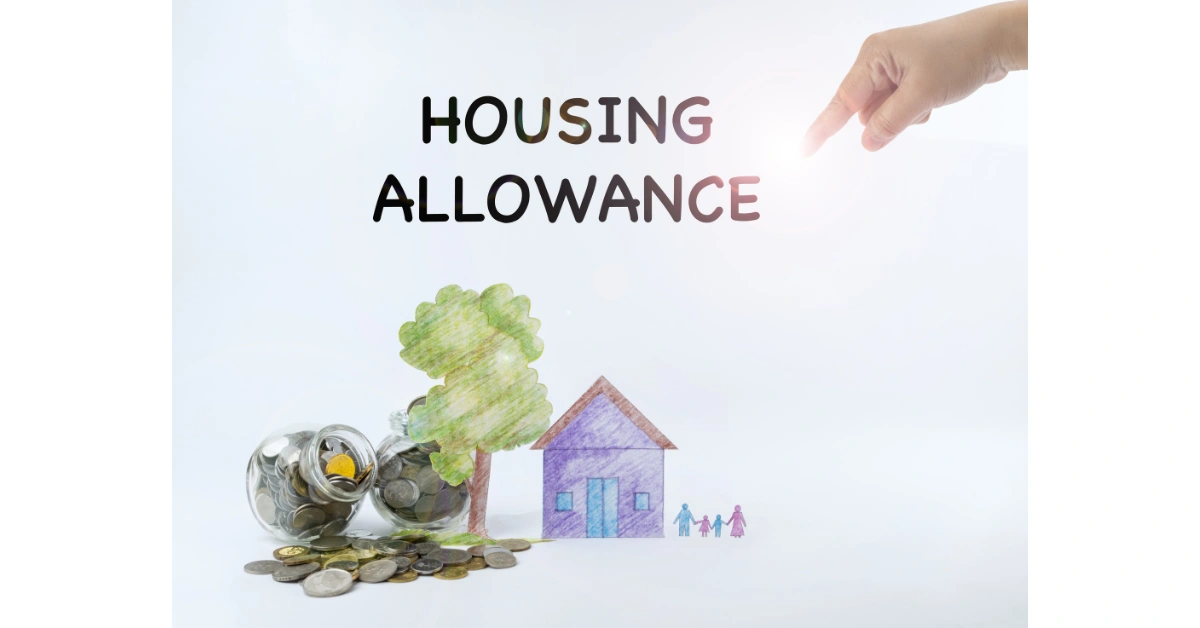
To claim HRA exemption, the taxpayer needs to submit proper documentation such as the rent agreement, rent receipts, and other supporting documents to prove that they are paying rent. It is important to ensure that the rent receipts are issued in the name of the taxpayer and that they match the rent paid as per the rent agreement.
Importance of accurate calculation of HRA
An accurate calculation of HRA is crucial to claim the exemption. The taxpayer should ensure that the calculation is based on the actual rent paid and the salary structure. The exemption can only be claimed on the actual amount of HRA received, which should be calculated accurately to avoid any issues with the tax authorities.
Common mistakes to avoid while claiming HRA exemption
Some common mistakes to avoid while claiming HRA exemption include claiming an exemption for rent paid to relatives, claiming an exemption for rent paid for more than one property, and claiming an exemption for rent paid for a property that the taxpayer does not occupy. It is, therefore, important for the taxpayer to be aware of these mistakes and avoid them to ensure a hassle-free claiming of the HRA exemption.
What are the Documents Required to Claim HRA Tax Exemption?
To claim House Rent Allowance (HRA) tax exemption, certain documents must be submitted to your employer or retained for proof during tax filing. These documents help validate your rent payments and ensure your claim is processed smoothly.
- Rental agreement
- Rent receipts
- Form 12BB
- Salary slips
- PAN card of a landlord
- Bank payment receipts for rent
What is Eligibility Criteria for HRA Exemptions?
House Rent Allowance (HRA) is a key component of many salaried individuals’ income, providing valuable tax benefits. However, not everyone automatically qualifies for HRA exemption.
- You must be a salaried individual receiving HRA as part of your salary structure.
- You must be living in a rented accommodation and paying rent to a landlord.
- Rent paid must be more than 10% of your basic salary to qualify for any exemption.
- If your annual rent exceeds ₹1 lakh, the landlord’s PAN details must be provided.
- HRA cannot be claimed if you live in your own house (self-occupied property).
- You must be able to produce rent receipts or a rent agreement when asked for verification.
Maximising the Benefits of House Rent Allowance Under Section 10 (13a) with NoBroker’s Assistance
House Rent Allowance under Section 10 (13a) is a vital component of an employee’s salary structure. Claiming the HRA exemption is essential to save on taxes and avoid penalties or legal issues with the tax authorities. Proper documentation, accurate calculation of the HRA, and avoiding common mistakes are important while claiming the exemption.
NoBroker can help employees, landlords, and taxpayers with their HRA eligibility, exemption, and rent savings by providing them with accurate information and tools. NoBroker’s HRA calculator can help employees calculate their HRA exemption accurately, and its rental agreement service can help landlords and tenants with proper documentation. By taking advantage of NoBroker’s services, employees can save on taxes, landlords can ensure proper documentation, and taxpayers can avoid any legal issues with the tax authorities. Click on this link to explore the wide span of NoBroker’s property buying and selling services
Frequently Asked Questions
Ans: HRA stands for House Rent Allowance under Section 10 (13a), which is a component of an employee’s salary structure to help them pay for their rented accommodation. Section 10 (13a) of the Income Tax Act provides tax benefits to employees who receive HRA.
Ans: No, an employee cannot claim both HRA and rent deduction under Section 80GG. However, if the employee is not eligible for deduction under Section 10 (13a) for House Rent Allowance, they can claim rent deduction under Section 80GG, subject to certain conditions.
Ans: No, an employee cannot claim both HRA and rent deduction under Section 80GG. However, if the employee is not eligible for deduction under Section 10 13A for House Rent Allowance, they can claim rent deduction under Section 80GG, subject to certain conditions.
Ans: Employees must submit their rent receipts and rental agreement to their employer to claim HRA exemption. In case the rent paid is more than Rs. 1 lakh annually, the PAN number of the landlord must also be submitted.
Ans: Some common mistakes to avoid include not submitting the required documentation, not calculating HRA accurately, and claiming HRA exemption even if not eligible. It is important to consult with a tax expert or use an HRA calculator to avoid these mistakes.
Ans: The HRA amount is calculated based on the following formula: actual rent paid minus 10% basic, and 50% of the salary for those living in metro cities.
Ans: You can still claim HRA exemption without a PAN, but if your annual rent payments exceed ₹1,00,000, your employer may deduct tax at a higher rate of 20%.
Ans. The limit of house rent allowance should not exceed 50% of the basic salary.
Loved what you read? Share it with others!
Source link

